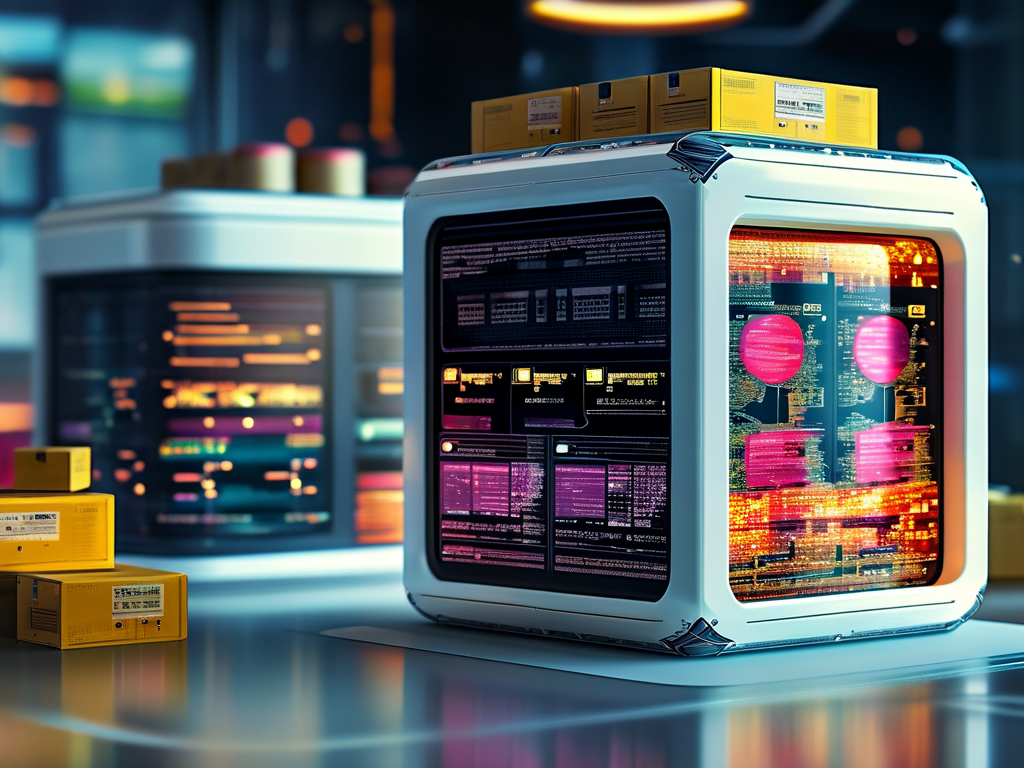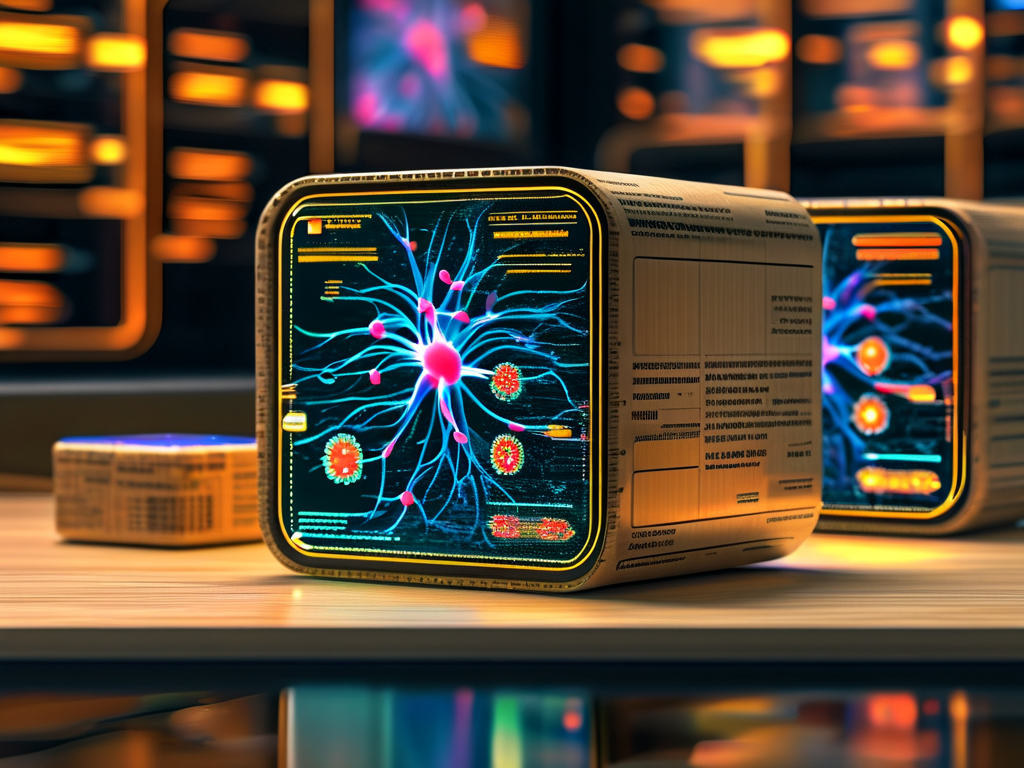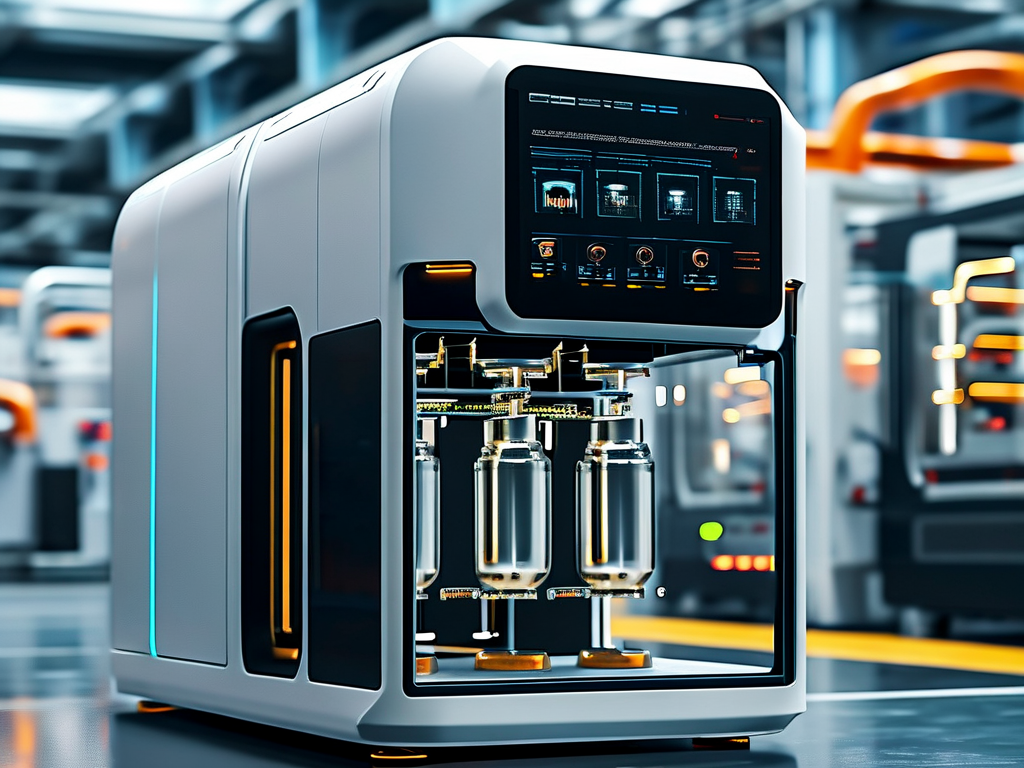In the rapidly evolving field of artificial intelligence, neural network packaging has emerged as a critical technique for streamlining AI deployment. This approach focuses on optimizing pre-trained models to ensure they operate efficiently across diverse environments, from edge devices to cloud platforms. By compressing, quantizing, and structuring neural networks, developers can overcome challenges like high computational costs and latency, paving the way for scalable AI solutions.
The Role of Neural Network Packaging
Neural network packaging involves restructuring AI models to balance performance and resource consumption. Traditional deep learning models often require significant memory and processing power, limiting their practicality in real-world applications. Packaging addresses this by applying techniques such as pruning (removing redundant neurons), quantization (reducing numerical precision), and knowledge distillation (transferring knowledge from large models to smaller ones). For example, a ResNet-50 model can be compressed by 60% through pruning while retaining 95% of its original accuracy.

Key Techniques and Tools
- Model Quantization: Converting 32-bit floating-point weights to 8-bit integers reduces memory usage without drastically affecting accuracy. Tools like TensorFlow Lite and PyTorch Mobile support post-training quantization, enabling seamless deployment on mobile devices.
- Dynamic Batching: Grouping inference requests into batches optimizes GPU utilization. Frameworks like NVIDIA’s TensorRT leverage this to accelerate processing in real-time applications.
- Containerization: Packaging models into Docker containers ensures consistency across environments. Kubernetes orchestration further simplifies scaling for enterprise deployments.
A code snippet for quantizing a TensorFlow model illustrates this process:
import tensorflow as tf
converter = tf.lite.TFLiteConverter.from_saved_model("resnet50")
converter.optimizations = [tf.lite.Optimize.DEFAULT]
quantized_model = converter.convert()
with open("resnet50_quant.tflite", "wb") as f:
f.write(quantized_model)
Industry Applications
From healthcare to autonomous vehicles, neural network packaging is transforming industries. In medical imaging, compressed models enable MRI analysis on low-power devices in rural clinics. Automotive companies use packaged networks for real-time object detection, reducing reliance on cloud connectivity. A case study by a leading drone manufacturer revealed that packaging their vision model cut inference time by 40%, enabling longer flight durations.
Challenges and Future Directions
Despite its benefits, packaging introduces trade-offs. Aggressive quantization may degrade model performance on complex tasks, and platform-specific optimizations require ongoing maintenance. Researchers are exploring automated packaging pipelines that dynamically adapt models to hardware constraints. The rise of neuromorphic computing also promises hardware-software co-design, where packaging techniques evolve alongside next-gen chips.
In , neural network packaging bridges the gap between AI innovation and practical implementation. As demand for efficient AI grows, mastering these techniques will separate industry leaders from competitors. Developers must stay updated on tools like ONNX Runtime and Apache TVM, which continue to redefine the boundaries of model optimization.







